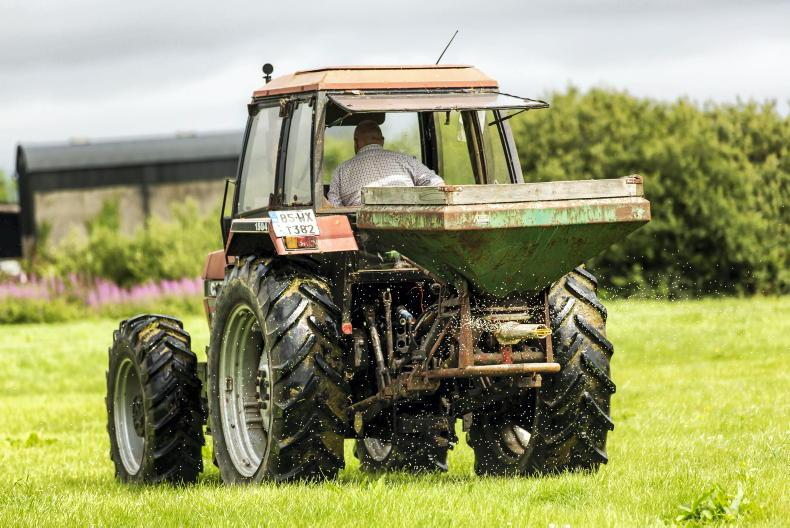Early January is a good time to take soil samples on grazing and silage ground before the slurry period opens.
On most farms, cattle will be housed two or three months at this stage. Grassland will be well rested and samples taken now will not give a false reading from livestock manure or slurry applied before the closed period began.
Take soil cores every 10 to 15 steps as you walk across a field. Walking in a zig-zag or random direction will give a better sample of the field compared with walking in a straight line.
If you do not have a soil corer, use a spade and take a sample from the top two to three inches of clay. Place all soil cores in a bucket as you walk the field.
Maximum area
When finished, mix the soil cores up and fill a plastic bag that can be properly sealed, then label it with the field name.
As a rule, the maximum sample area should be 10 acres. So for larger fields, you will need to take multiple samples from the same field.
For smaller fields of one to two acres, you can double these up as a single sample, provided soils are similar and the swards get the same fertiliser treatments each year.
Once you get soil results back, you can target slurry, along with P and K to the less-fertile swards in early spring to kickstart grass growth.
Read more
Five tips for grazing forage brassica crops in winter
Five steps to managing the silage clamp
Early January is a good time to take soil samples on grazing and silage ground before the slurry period opens.
On most farms, cattle will be housed two or three months at this stage. Grassland will be well rested and samples taken now will not give a false reading from livestock manure or slurry applied before the closed period began.
Take soil cores every 10 to 15 steps as you walk across a field. Walking in a zig-zag or random direction will give a better sample of the field compared with walking in a straight line.
If you do not have a soil corer, use a spade and take a sample from the top two to three inches of clay. Place all soil cores in a bucket as you walk the field.
Maximum area
When finished, mix the soil cores up and fill a plastic bag that can be properly sealed, then label it with the field name.
As a rule, the maximum sample area should be 10 acres. So for larger fields, you will need to take multiple samples from the same field.
For smaller fields of one to two acres, you can double these up as a single sample, provided soils are similar and the swards get the same fertiliser treatments each year.
Once you get soil results back, you can target slurry, along with P and K to the less-fertile swards in early spring to kickstart grass growth.
Read more
Five tips for grazing forage brassica crops in winter
Five steps to managing the silage clamp






 This is a subscriber-only article
This is a subscriber-only article











SHARING OPTIONS: